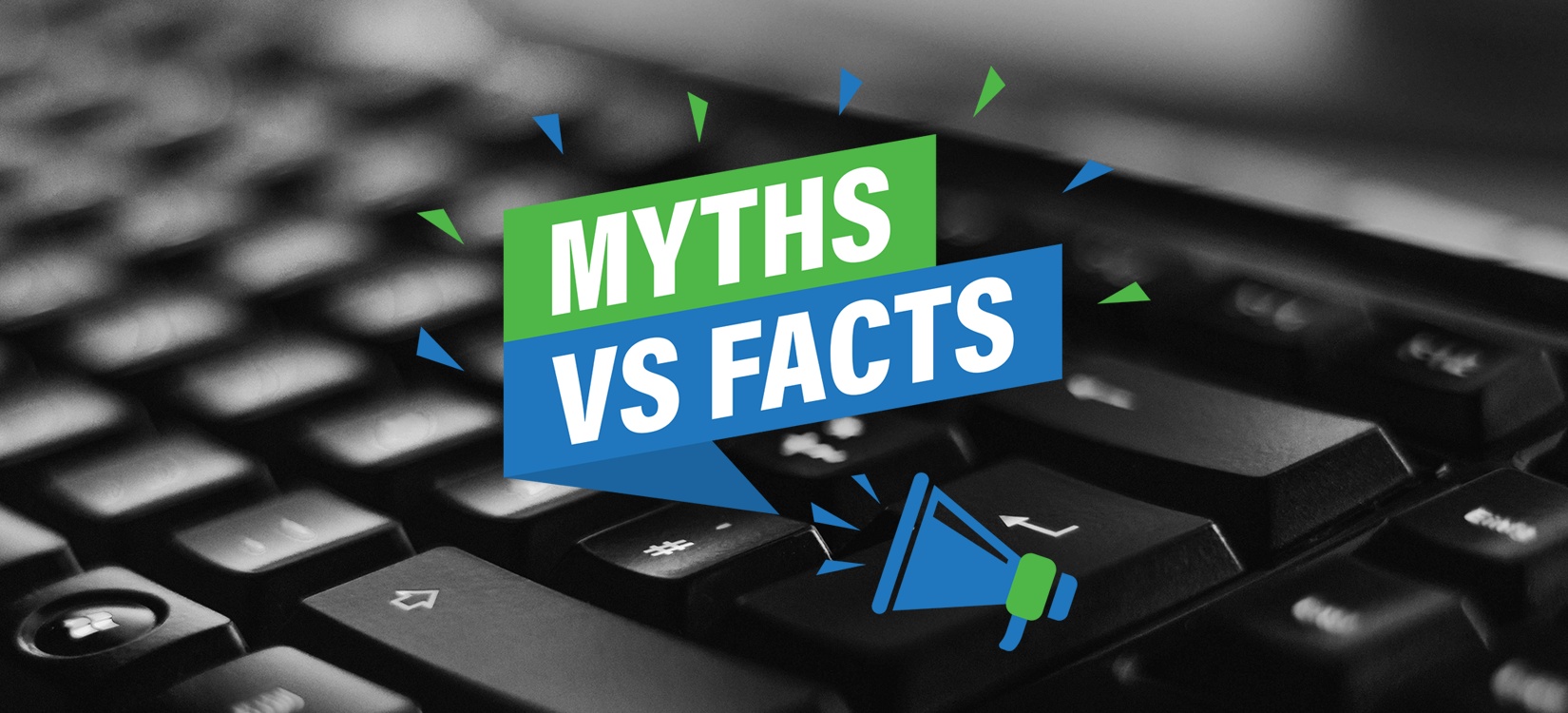
While the benefits of eProcurement are well known, there are still many agencies today that continue to utilize outdated and inefficient systems for purchasing. Of those organizations that have adopted online bidding and purchasing procedures, many still have not addressed the administrative inefficiencies that exist. From increased transparency and productivity, to proven hard dollar savings, eProcurement offers a solution for many of the challenges organizations face. So why aren’t more agencies adopting eProcurement? Read on to learn about the eProcurement myths that persist today, and why advancements in technology have rendered them moot.
Five Common eProcurement Myths
Myth 1:
With upfront costs for hardware as well as licensing fees, the price tag for implementation can easily stretch into the six figures.
FACT: Today’s cloud computing offerings cost much less than their predecessors. Without hardware or licensing fees required, only subscription fees, eProcurement is much more financially accessible than it once was.
Myth 2:
It is costly and complicated to integrate with an organization’s ERP system.
FACT: Advancements in technology have made integrating with an organization’s ERP easier than ever. In an American City & County article titled Removing The Obstacles To E-Procurement Adoption they report, “The availability (and low cost) of new technology standards such as XML have largely alleviated concerns about integrating e-procurement with back-end financial systems.” In fact, the syncing with an organization’s ERP allows items purchased to be assigned appropriate commodity codes to ensure transactions are posted appropriately for accounting purposes.
Myth 3:
For organizations with small or non-existent IT departments, management of an eProcurement platform is a drain on resources.
FACT: Cloud-based systems that offer a multi-vendor marketplace should only need to engage an organization’s IT department at initial ERP integration. eProcurement providers can easily manage supplier enablement, even for those vendors without existing punchout sites, eliminating the strain on buyer procurement and IT departments.
Myth 3:
For organizations with small or non-existent IT departments, management of an eProcurement platform is a drain on resources.
FACT: Cloud-based systems that offer a multi-vendor marketplace should only need to engage an organization’s IT department at initial ERP integration. eProcurement providers can easily manage supplier enablement, even for those vendors without existing punchout sites, eliminating the strain on buyer procurement and IT departments.
Myth 4:
Due to additional costs to suppliers and complex onboarding processes, large suppliers will stop selling to local governments that adopt eProcurement measures.
FACT: Today’s eProcurement marketplaces integrate all of an organization’s current suppliers at no extra cost to the supplier. What’s more, they can seamlessly incorporate suppliers regardless of technological capabilities or chosen platforms. In fact, eProcurement can streamline supplier engagement with the agency and help reduce operating costs for all parties involved.
Myth 5:
eProcurement systems prohibit organizations from working with small local businesses because it is either too costly for them, or just not feasible.
FACT: eProcurement systems now have the ability to integrate suppliers regardless of their size or technological capabilities. In fact, the creation of fully-featured eCommerce stores for local businesses, specifically designed to support punchout commerce, have been responsible for propelling countless local suppliers into the world of eProcurement.


